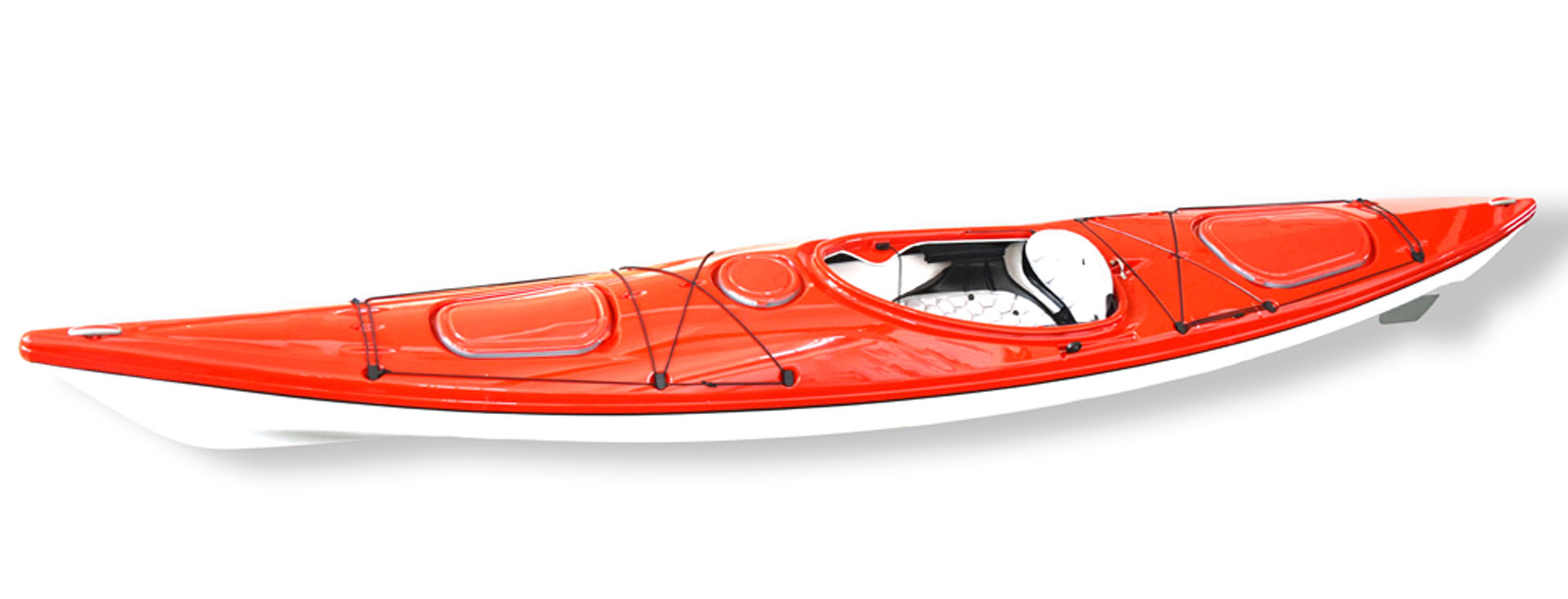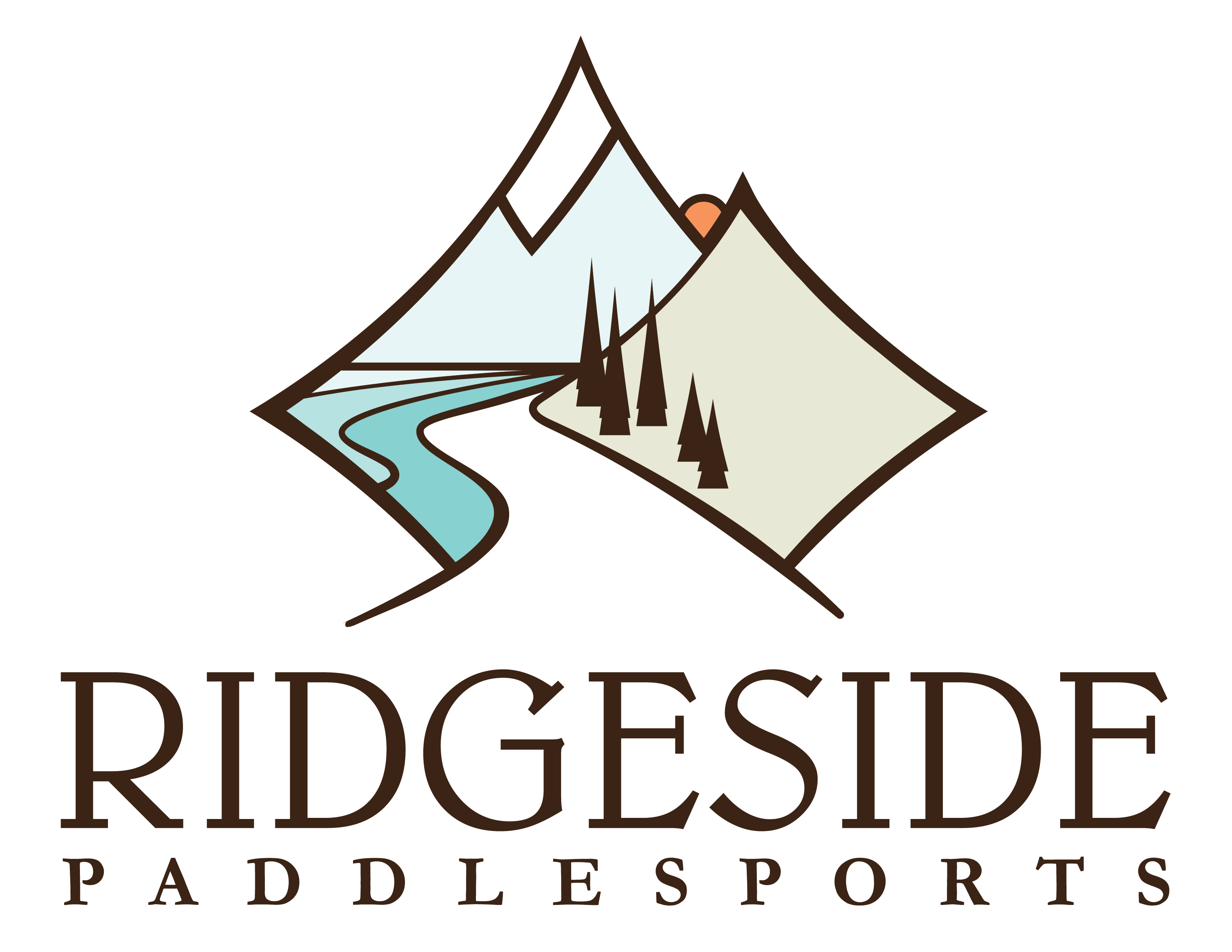The plastic canoe kayak manufacturer tells you that when the kayak enters the cabin, the upper body is upright and slightly tilted forward. Kājas ir dabiski saliektas, Ceļi pieskaras salona iekšējās sienas malām, un pēdu zoles uzkāpj uz kabīnes salonā. After the posture is straightened, Izmantojiet mugurkaulu kā centrālo asi, lai stabilizētu ķermeni, keep the upper body on the central axis, and do not sway from side to side. In the process of paddling, the action of force is closely related to the left and right rotation of the body.

Take the left paddle as an example in a kayak, hold the paddle with both hands, bend the right hand, and place the right hand in front of the forehead. The left hand is slightly bent and the left paddle is fully inserted into the water.
Plastic canoe kayak manufacturers tell you to lean forward slightly to better exert physical strength. Rotate your upper body to the right to maximize your left arm to the bow for longer strokes. Tad kāju muskuļi pieliek spēku, Kreisā kāja virzās uz priekšu, un kreisā kājstarpe ir savīta pa kreisi caur pedāļa reakcijas spēku.
The plastic canoe kayak manufacturer tells you that the crotch drives the entire lower back to twist and twist, and the left shoulder drives the left arm to stroke the water backwards. During the stroke, the left arm always keeps the initial motion unchanged. When the paddle is stroked to the hip position Raise the paddle from time to time, then quickly switch to the right paddle.
The plastic canoe kayak manufacturer tells you that the body force sequence of the entire paddling process is: the legs, hips, waist, back, shoulders and arms are transmitted in turn, and the upper body is always vertical except for the left and right twists.



